Wallpaper* test drives the new Range Rover Sport
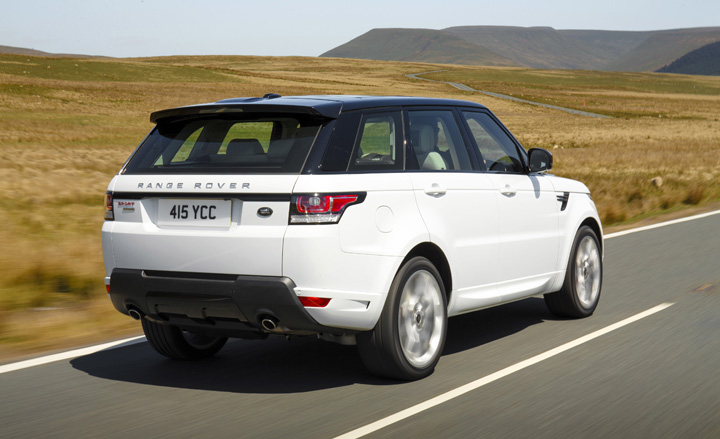
Other car-makers must be looking enviously at Jaguar Land Rover. With buoyant sales, a rising premium image and an ever-increasing global reach, the company is currently riding high in both the business pages and the automotive press. Land Rover in particular has much to shout about. Ever since the Range Rover Evoque gave the brand a much-needed shot of design credibility, the company's factories have been working triple shifts to satisfy demand. Now the all-new Range Rover Sport has arrived, with high expectations that it'll boost sales even further.
The envy is partly due to JLR's reach. When a new car is unleashed, it's typically shown to the press in a sunny part of the world, with empty roads, azure skies and all the other elements required to show off both its technical chops and the rarefied lifestyles of the intended customer. Yet Land Rover has always been able to go one further, thanks to the insanely broad capabilities of their products. Having given the new Range Rover a thorough workout in the Atlas Mountains last winter, the company stayed local for the slightly smaller, slightly less luxurious Sport, hosting an event in Wales and the Cotswolds to showcase the car revealed back at the start of the year.
It worked to perfection. Whether sweeping across the Brecon Beacons, diving nose-first into muddy rivers or - in a set piece dreamt up by Land Rover's enterprising Special Vehicle Operations team - clambering up a steep ramp and squeezing through the gutted fuselage of a decommissioned 747, the Sport proved itself to be almost beyond reproach. The company admits that most owners rarely forge anything deeper than a puddle, but emphasises that they like to know the car's capabilities are there, perhaps in the event of some unforeseen cataclysm.
Inside, survivalism is very much not the name of the game. The steady march ever further upmarket has been accelerated by the Sport's plush 7-seater cabin, given a slightly 'less is more' treatment by the deliberate omission of as many extraneous buttons as possible. The company's pioneering terrain selector dial sits just below the gear stick, with each click offering up a stylised pictogram of the terrain you'll be traversing; it's sufficiently exotic to know your steed can plough unhindered through thick snow, desert sand or a rocky landscape, even if you're sat in a multi-storey car park in Miami. In practice, off-roading is a cinch, with only judicious dabs of the throttle needed to take this machine up practically any incline (it also helps to have a weathered member of the SVO team telling you where to point the wheels). It's incongruous to be sitting in leather-lined luxury while the dashboard gives you a graphic representation of the water level rising around you.
The original Sport was a financial home run for the company. Reputedly the most profitable vehicle in then owners Ford's entire global line-up, it broadened the appeal of the brand without doing a great deal for its design credibility. Solid, squareish and pugnacious, the Sport rapidly garnered a rather thuggish image, becoming associated with urban grit rather than Gloucestershire mud. The new car is a classier act, taking its cues from both the big Range Rover and the smaller Evoque, sharing the latter's slightly squished stance and the former's granite-hewn facades. The result is very successful: a handsome, four-square machine with a purposeful sense of function and a welcome absence of aggression.
Range Rover is now all about design. The Evoque's success effectively gave the car's creator Gerry McGovern a seat on the board, as well as the Jony Ive-esque title of Chief Creative Officer and virtual carte blanche to whip the firm's formidable engineering department into shape and dictate precisely how its products appear. As McGovern himself admits, getting Range Rover sorted into three distinct and desirable products is just the start of the company's journey. Next up comes a reworking of the formidable Land-Rover Discovery, to be followed by the toughest nut of all, the new Defender, a car that has to hint at sixty-five years of history without being crushed by weight of tradition. Investment, however, won't be a problem. With predicted sales curves so steep that even the Sport itself would struggle to ascend them, JLR should continue to forge ahead.
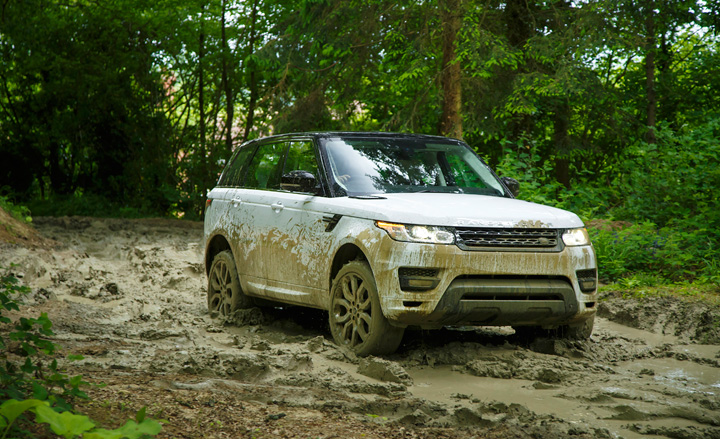
The result is very successful: a handsome, four-square machine with a purposeful sense of function and a welcome absence of aggression
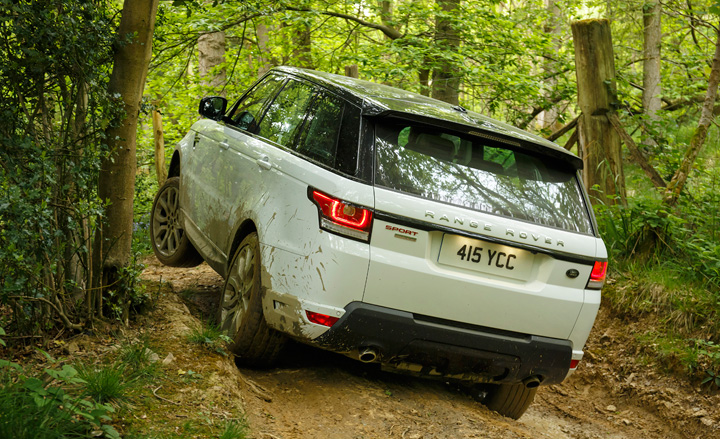
In practice, off-roading is a cinch, with only judicious dabs of the throttle needed to take this machine up practically any incline
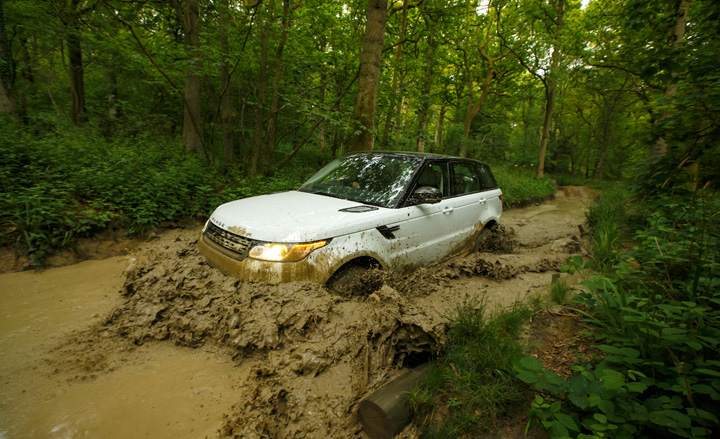
Whether sweeping across the Brecon Beacons or diving nose-first into muddy rivers, the new Range Rover Sport proved itself to be almost beyond reproach
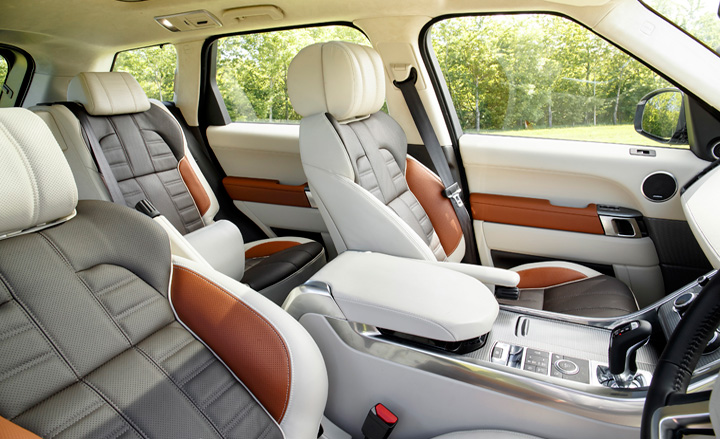
Inside, the Sport's steady march ever further upmarket has been accelerated by its 7-seater cabin, given a slightly 'less is more' treatment by the deliberate omission of as many extraneous buttons as possible
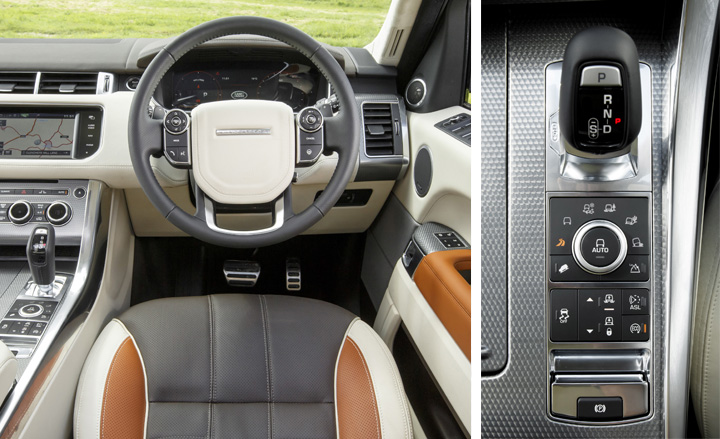
The company's pioneering terrain selector dial sits just below the gear stick, with each click offering up a stylised pictogram of various traversable terrain
Receive our daily digest of inspiration, escapism and design stories from around the world direct to your inbox.
Jonathan Bell has written for Wallpaper* magazine since 1999, covering everything from architecture and transport design to books, tech and graphic design. He is now the magazine’s Transport and Technology Editor. Jonathan has written and edited 15 books, including Concept Car Design, 21st Century House, and The New Modern House. He is also the host of Wallpaper’s first podcast.
-
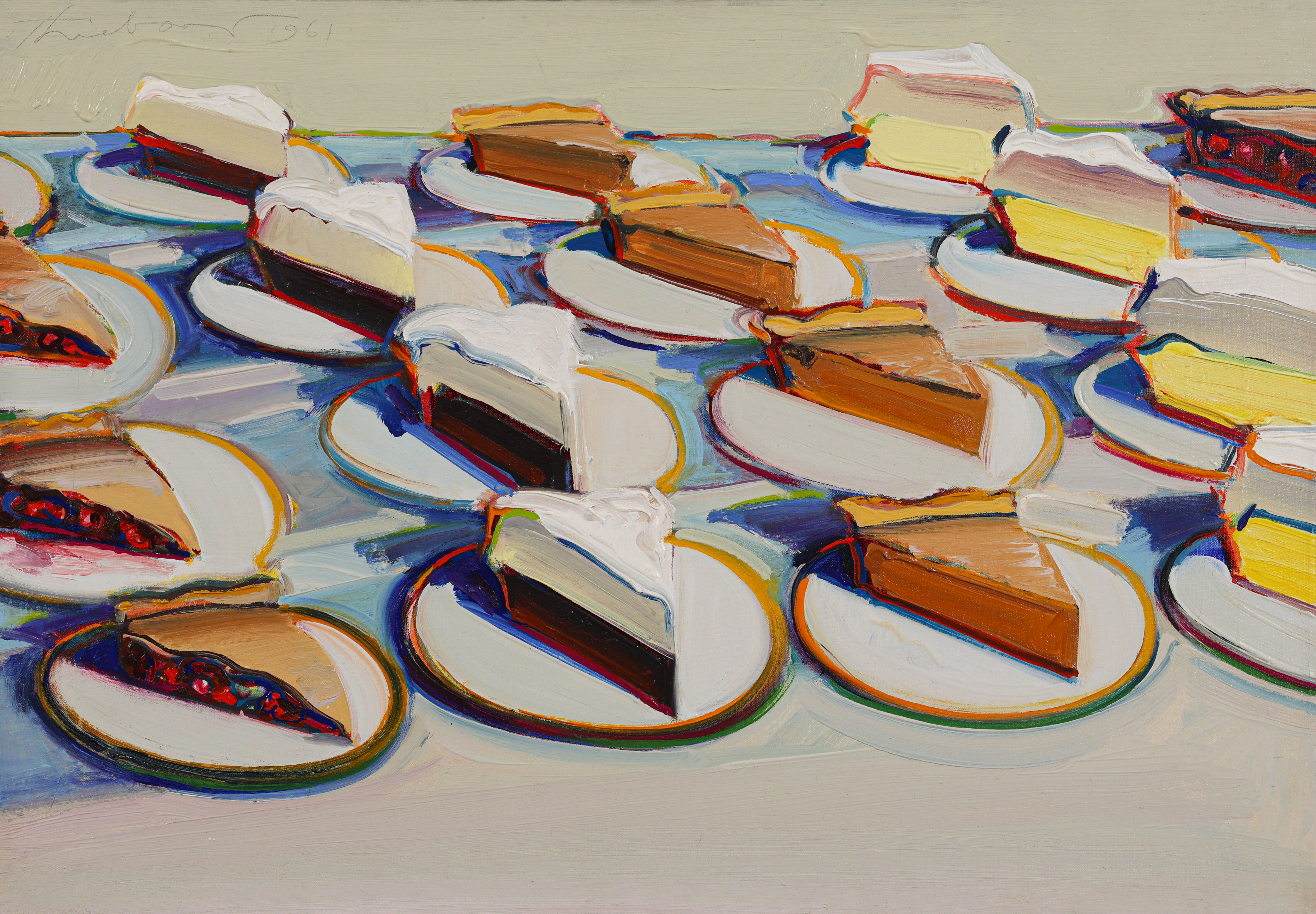 Why are Wayne Thiebaud’s paintings at the Courtauld quite so tempting?
Why are Wayne Thiebaud’s paintings at the Courtauld quite so tempting?The American artist’s thickly painted slices of cake at the Courtauld are some of our favourite artworks seen this year. What makes them so special?
-
 Taiwan’s new ‘museumbrary’ is a paradigm-shifting, cube-shaped cultural hub
Taiwan’s new ‘museumbrary’ is a paradigm-shifting, cube-shaped cultural hubPart museum, part library, the SANAA-designed Taichung Green Museumbrary contains a world of sweeping curves and flowing possibilities, immersed in a natural setting
-
 Dries van Noten on why he's building a new home for craft in Venice
Dries van Noten on why he's building a new home for craft in VeniceA year after departing the runway, Dries van Noten unveils his next chapter: the Fondazione Dries Van Noten, a newly announced cultural initiative in Venice celebrating craft in all its forms. Wallpaper* meets the designer to find out why he’s not ready to retire.
-
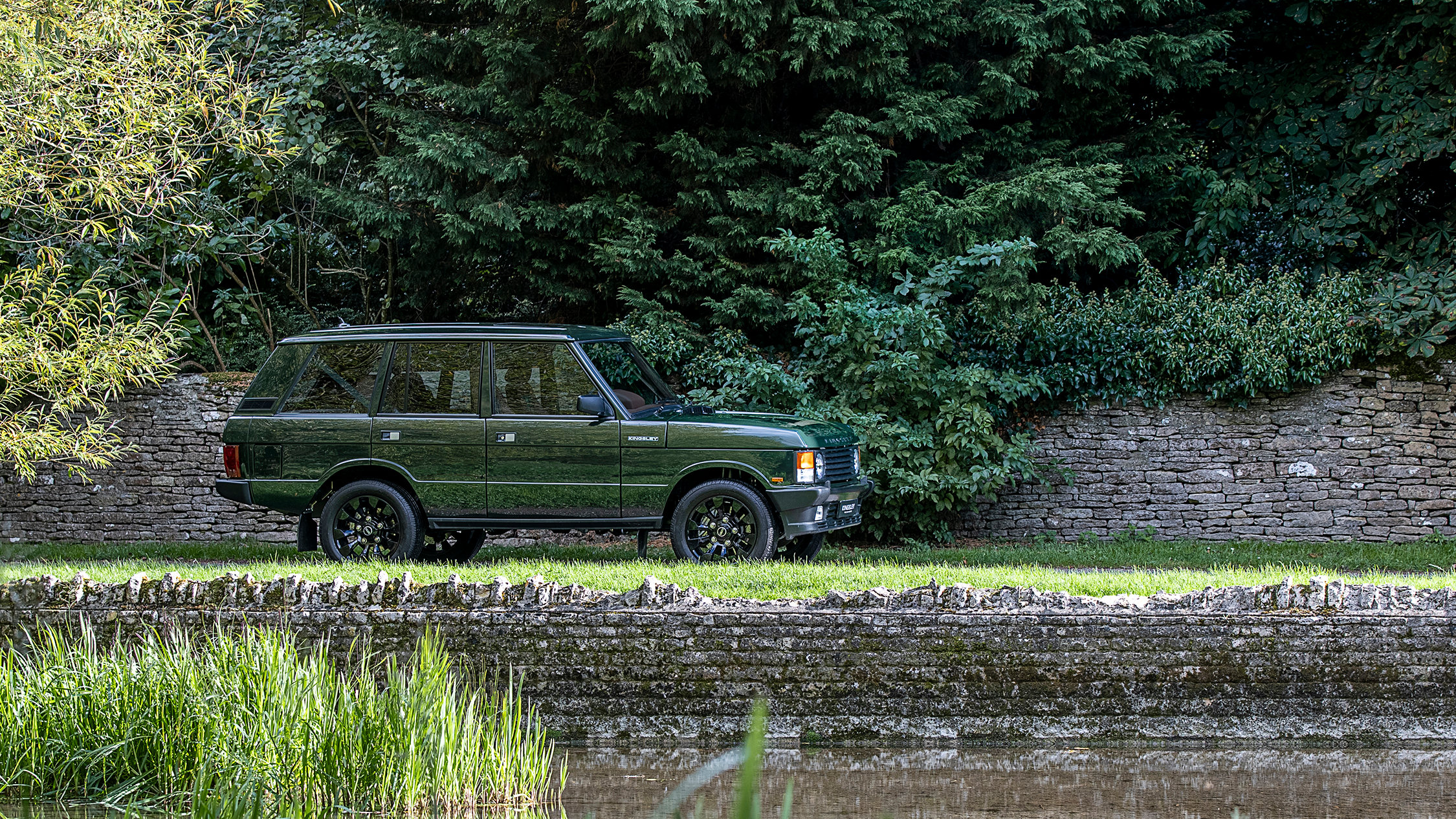 Kingsley Re-Engineered brings the Range Rover Classic into the modern era with the new KSR
Kingsley Re-Engineered brings the Range Rover Classic into the modern era with the new KSRA sophisticated retromod transforms the iconic original Range Rover into a thoroughly stylish and modern luxury SUV
-
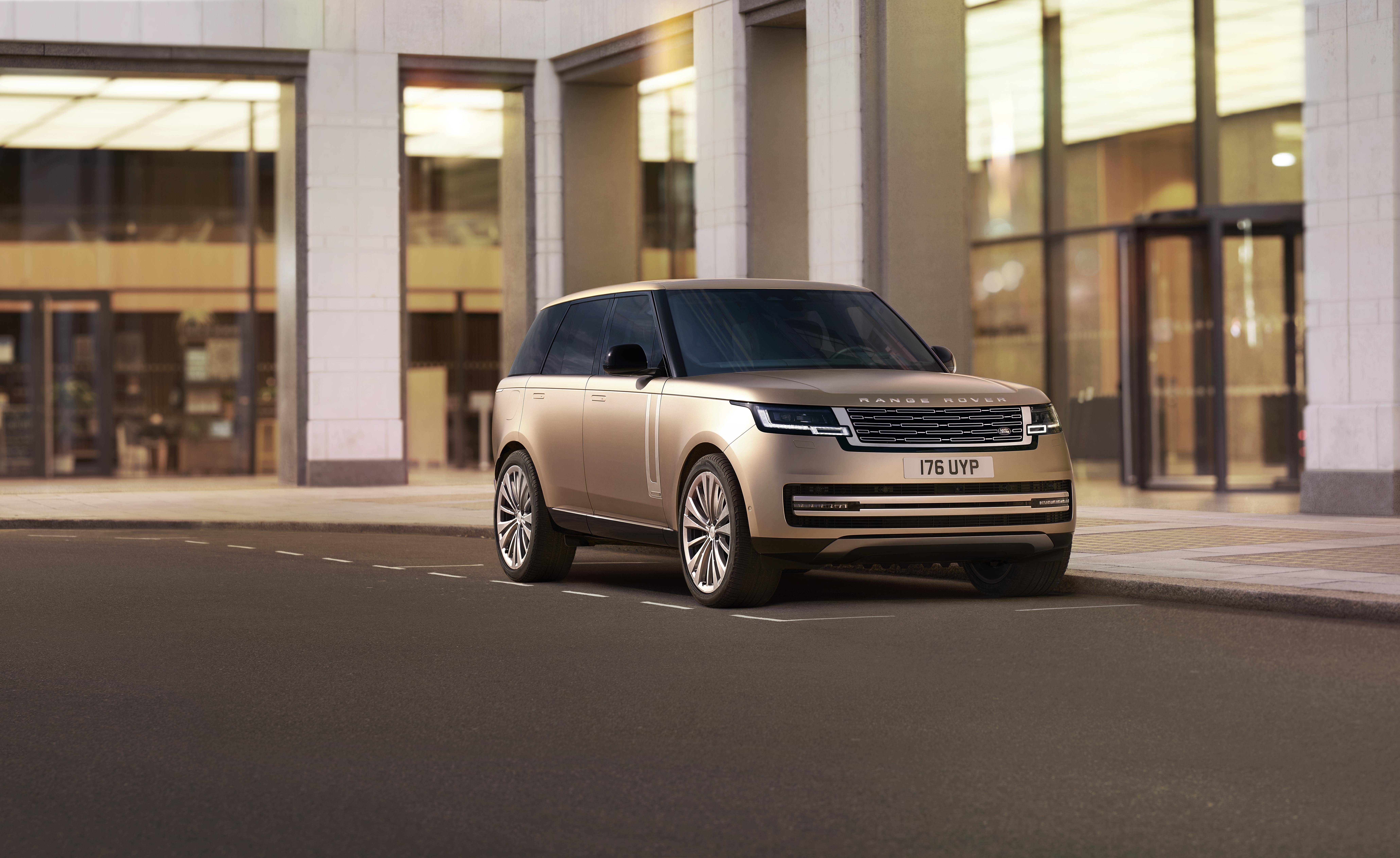 New 2022 Range Rover is an architectural powerhouse
New 2022 Range Rover is an architectural powerhouseTough but refined, the 2022 Range Rover cloaks its athletic abilities and off-road agility beneath a sharp suit informed by a modernist approach
-
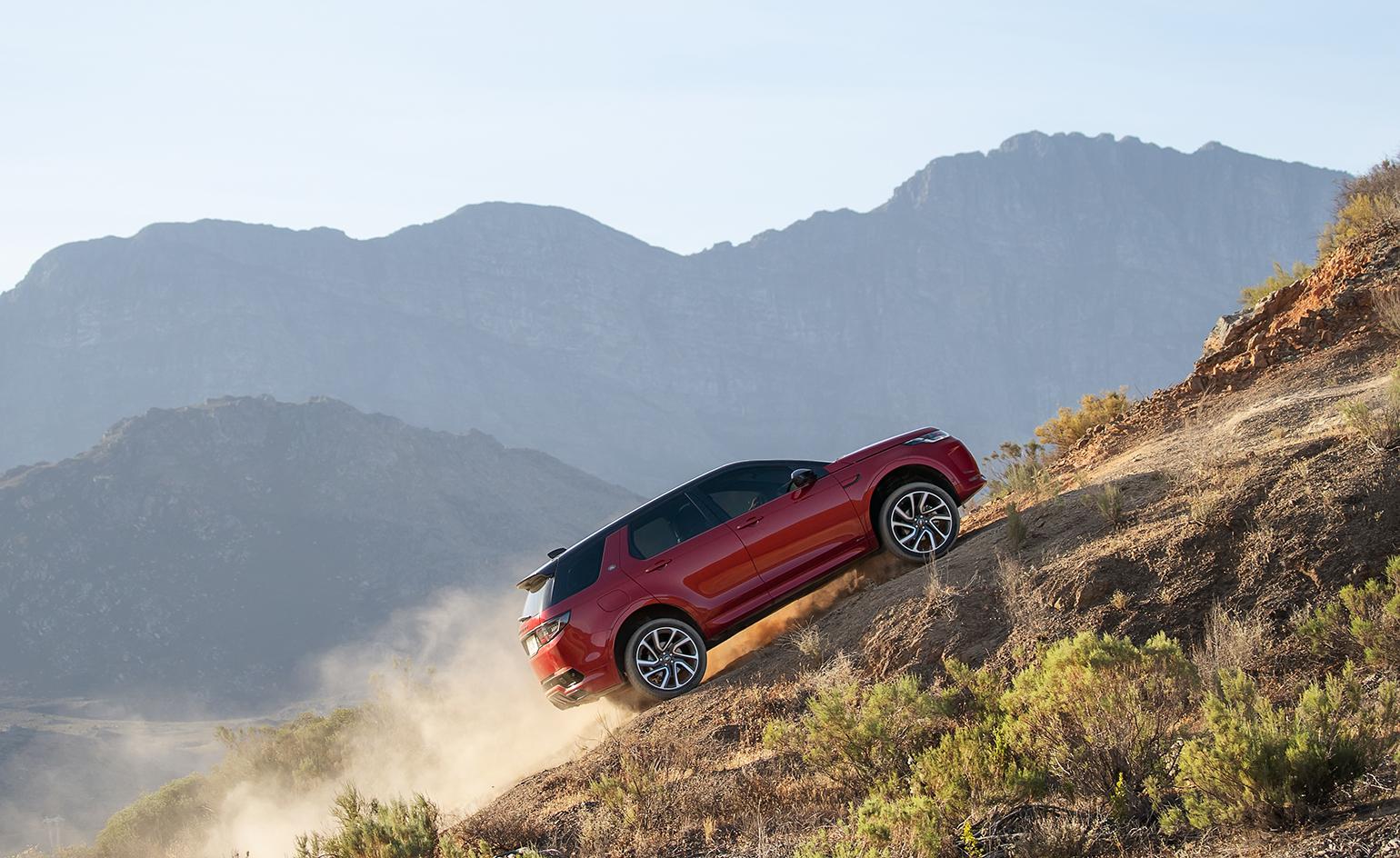 Hit the road: Land Rover Discovery Sport loves both mud and tarmac
Hit the road: Land Rover Discovery Sport loves both mud and tarmac -
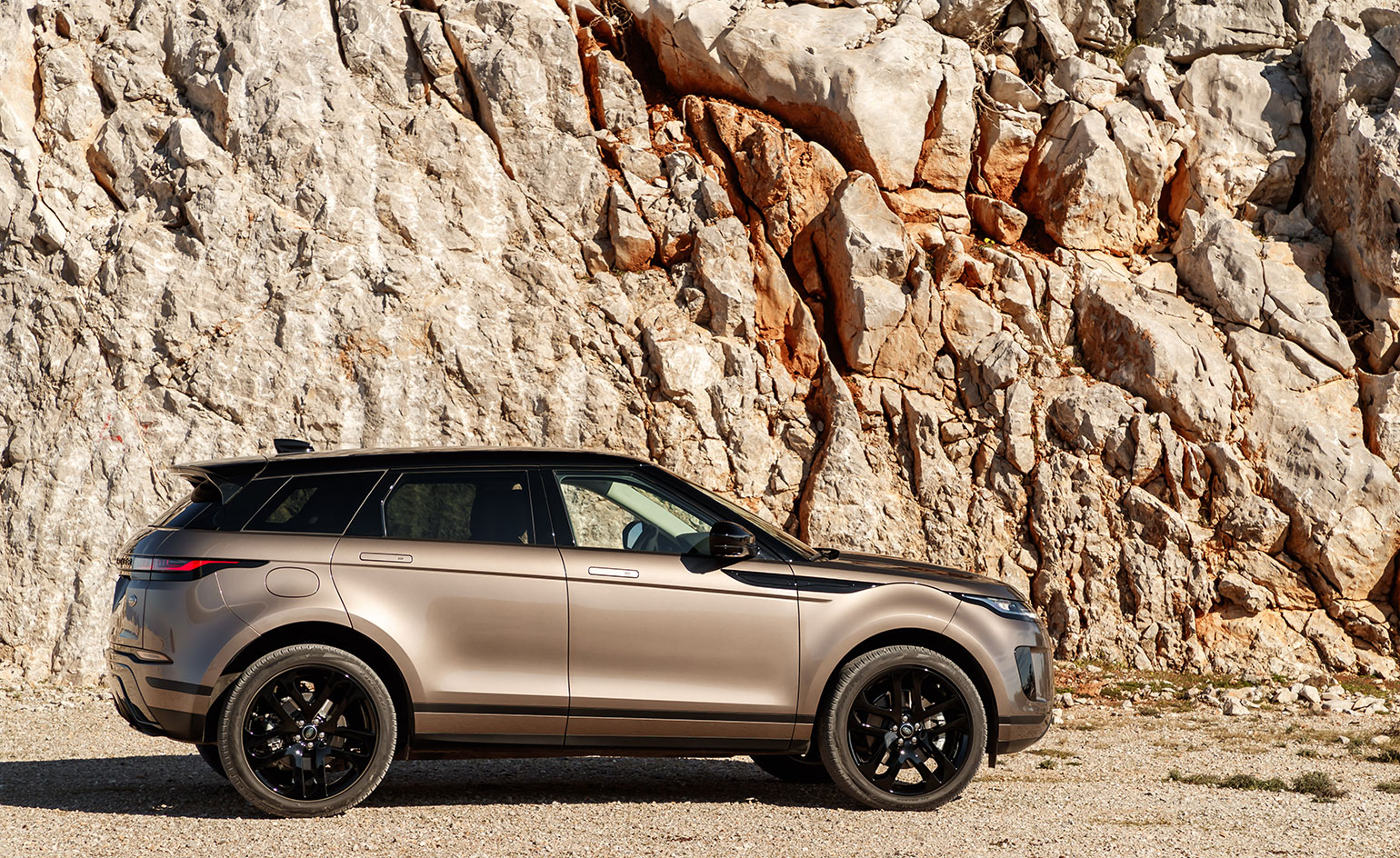 Range Rover Evoque returns as a progressive competitor in the sports-utilities market
Range Rover Evoque returns as a progressive competitor in the sports-utilities market -
 The new Range Rover Evoque has been developed for electrification
The new Range Rover Evoque has been developed for electrification -
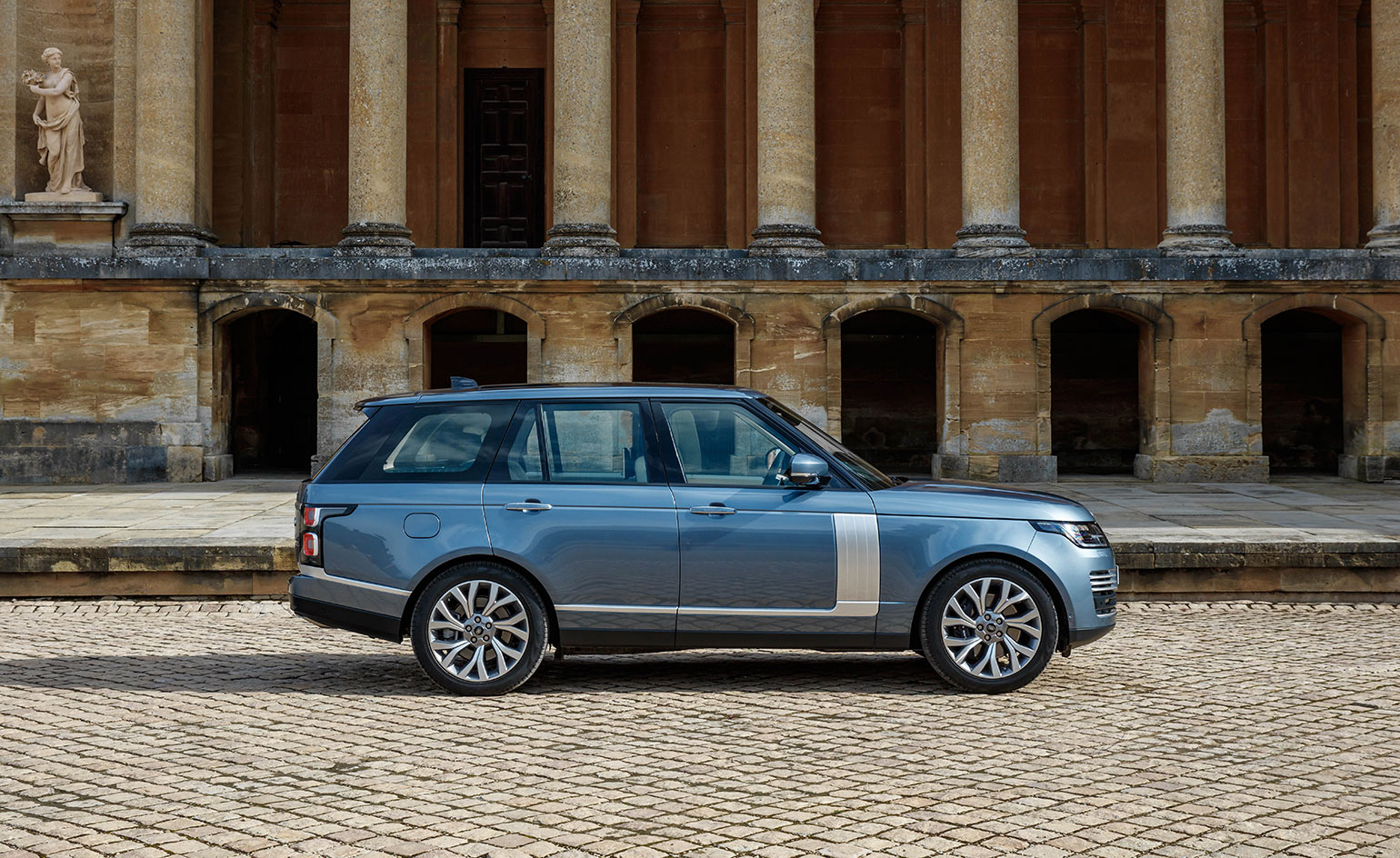 Range Rover PHEV drives luxury into the electric hybrid market
Range Rover PHEV drives luxury into the electric hybrid market -
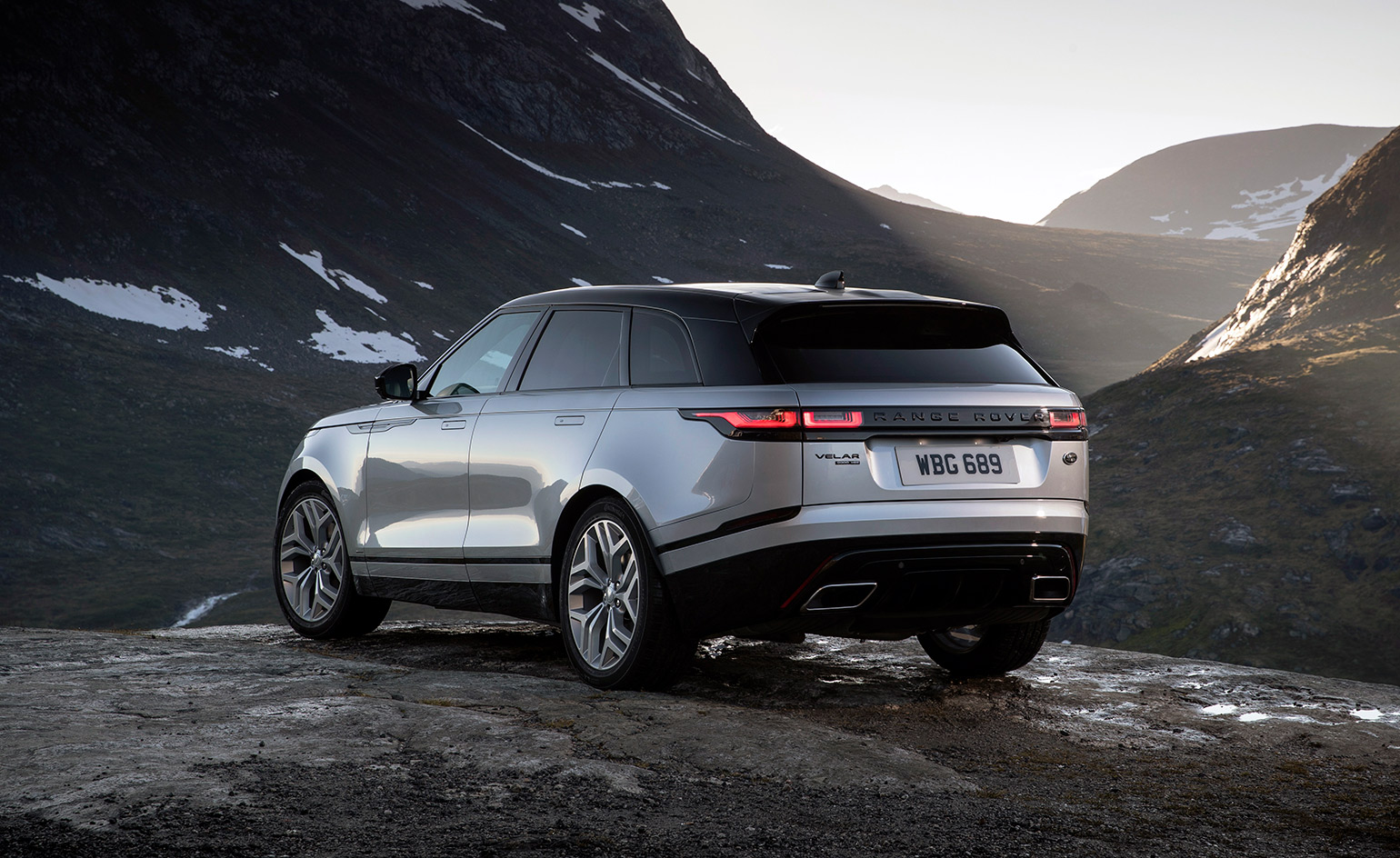 Range Rover Velar has the aesthetic sensibility of a luxury smartphone
Range Rover Velar has the aesthetic sensibility of a luxury smartphone -
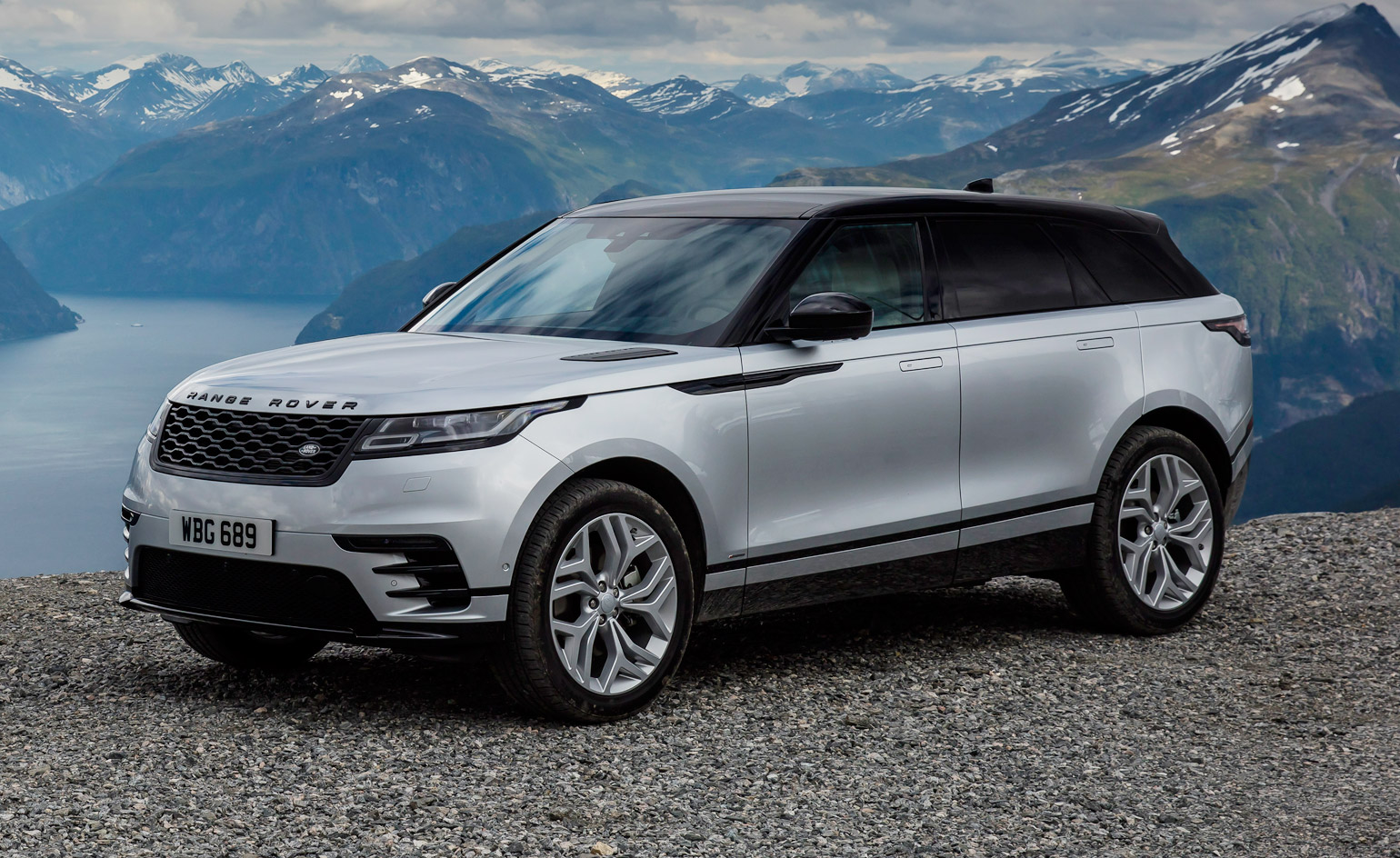 The Range Rover Velar exudes quiet confidence in a slick package
The Range Rover Velar exudes quiet confidence in a slick package